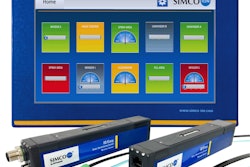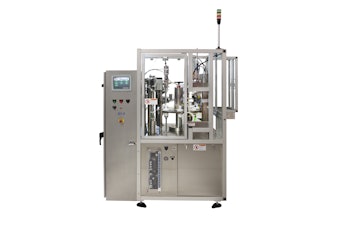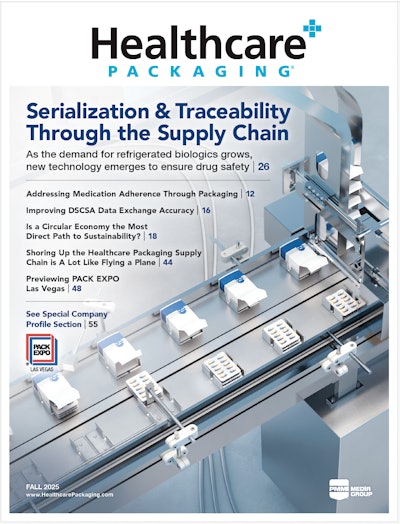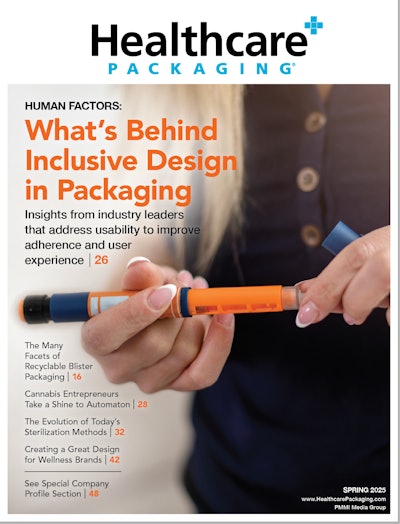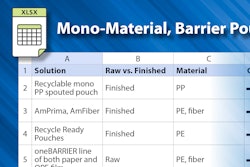The numbers become more daunting every year. A projected 1.9 million worker shortage by 2033, according to a recent report from Deloitte and the Manufacturing Institute. This workforce gap threatens to disrupt production, stifle staff innovation, jeopardize training and safety, and impact overall economic growth. Against this backdrop comes the emergence of the connected worker – a powerful way to seamlessly integrate human expertise with technological advancements.
One avenue for turning the tide on workforce challenges involves the emphasis on manufacturing not just as a job, but as a dynamic career path. This journey can be understood through four interconnected phases – recruit, retain, retrain, and retire – which together form a lifecycle of a connected worker. By leveraging connected worker technology, organizations can optimize every stage of a worker's lifecycle, leading to improved performance, higher retention rates, and overall operational excellence.
Phase 1: Recruit – Digital first
Recruitment is the first phase in the lifecycle model, as it not only sets the tone for long-term retention, but also job satisfaction. At this stage, it’s not just about finding candidates with the right qualifications; it’s equally important to identify motivated individuals who align with the company’s values and culture.
During the screening process, which extends to the first week on the job, companies can leverage connected worker technology to set realistic job expectations and demonstrate their commitment to employee development. Digital work instructions, for instance, can outline typical examples of expected tasks and showcase factory safety protocols to prospective candidates.
This use of a key frontline-focused technology signals the company’s investment in its workforce and helps candidates feel confident that they would be valued and supported in their potential role.
Phase 2: Retain – Empowering workers
The aim of the retain phase is to ensure new employees feel supported from day one and are able to develop the knowledge and skills necessary to meet expectations. As new employees learn new tasks, digital work instructions can provide a digital record of task completions and interactions to help supervisors identify areas where employees may need additional training. But this approach doesn’t overlook the importance of worker autonomy.
A connected worker platform provides employees with the pull-based learning tools to find answers on their own or reach out for help when needed. If an employee encounters a problem, such as a machine malfunction, they can log the issue and request assistance from the company’s collective knowledge base that spans different shifts and departments. Unlike in a traditional setting, where the employee experiencing the issue might need to wait until the next day to seek help, they can instead troubleshoot in real time and benefit from a broader pool of expertise that would otherwise be inaccessible at the moment of need. This “lifeline” ensures that workers feel less isolated and intimidated when they hit the shop floor, helping them feel better prepared.
Recognize and reward
Studies show that today’s workers would be more likely to stay on at a company if they felt recognized. So how is this possible with a connected worker? Digital work instructions can track skills and certifications to help managers easily identify reward opportunities, such as pay rises and shift upgrades, for employees who excel on the factory floor. This approach allows for a more tailored and continuous development process, which leads to better employee engagement and lower turnover rates.
Phase 3: Retrain – Continuous improvement
As industries evolve and technologies advance, it’s essential that all employees, regardless of tenure, keep their skills up to date. The retraining phase is more than just meeting baseline expectations; it’s about maintaining and improving operational efficiency by ensuring continuous improvement. This can sometimes be hard for experienced workers to accept when they feel they already “know it all,” so it requires a strategic approach to engage workers in learning new methods and adopting new technologies.
Instead of pushing new information onto the workforce, connected worker solutions allow for a “pull” dynamic, where experienced employees share their opinions, feedback, and suggestions in discussions about standard operating procedures and continuous improvement initiatives.
A Kaizen event is one such example of a structured, team-driven initiative that focuses on improving a specific area of production. It involves gathering diverse perspectives—from engineers, operators, and even sales—to analyze a problem and brainstorm the best possible solutions. When a new procedure is agreed upon and formalized, new work instructions and associated skill certifications can then be issued across the workforce to ensure everyone receives consistent information, and supervisors can confirm that all team members are not only aware of but also trained in the new standards.
These company-wide discussions ensure employees feel valued and directly involved in factory processes, but also help to gather valuable insights from those who have extensive experience. Additionally, the collaborative nature of connected worker solutions can help build consensus around new standards, which makes it easier to implement changes without resistance.
Phase 4: Retire – capture knowledge
Retiring employees have years of experience and expertise, which makes them valuable assets for knowledge transfer. Instead of letting insights and lessons learned walk out the door when employees retire, it’s up to companies to add these to the organization’s collective knowledge base and use them to inform future recruitment and training efforts.
Connected worker platforms can play a crucial role in helping companies capture and preserve the knowledge of retiring employees. Interviews or knowledge-sharing sessions with these valuable employees can ensure insights are recorded and integrated into training materials. Connected worker solutions can also preempt this step by asking employees nearing retirement to document their best practices, insights, and personal experiences. This not only helps to retain valuable knowledge but also strengthens the workforce at every stage of the connected worker lifecycle.
Non-linear career paths
The lifecycle of a connected worker is far from a linear process. Instead, it forms a continuous loop supported by connected worker technology that ensures the constant growth, development, and improvement of the workforce.
Workers may find themselves in different stages of the lifecycle simultaneously, depending on their skills, tasks, or the specific demands of their roles. An operator might be in the retrain phase for a new process but in the retain phase for their expertise with a different machine. This dynamic flow between phases highlights the flexibility required for true continuous improvement.
A connected worker solution is uniquely suited to accommodate this non-linear progression, enabling workers to seamlessly access the resources they need, no matter where they are in the lifecycle. It also empowers workers to take control of their learning, while organizations benefit from a more agile, informed, and connected workforce.
Companies that look ahead and leverage connected worker solutions across every stage of an employee's career are in an excellent position to boost their recruitment efforts, enhance retention rates, cultivate a culture of continuous improvement, and capture invaluable knowledge from their retiring team members.







